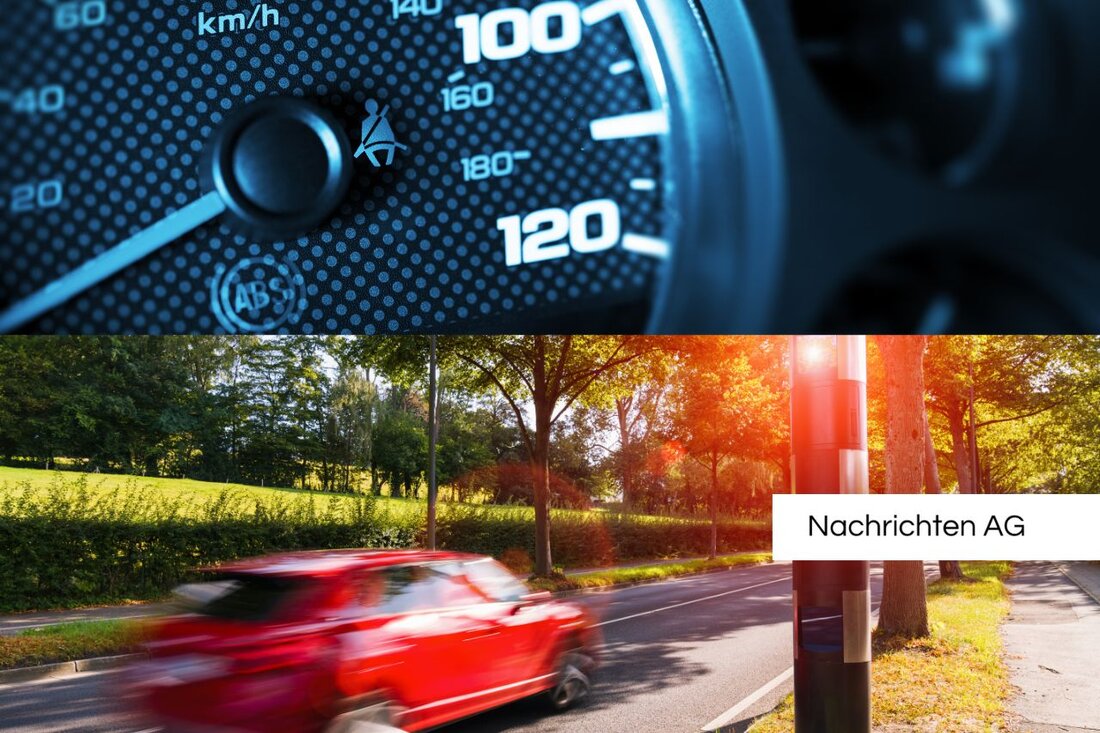Attention, speed camera warning: There will be speed cameras in Ludwigslust today!
A mobile radar control will be carried out in Ludwigslust on September 9th, 2025. Current speed limit: 50 km/h.

Attention, speed camera warning: There will be speed cameras in Ludwigslust today!
Today, September 9, 2025, drivers in Ludwigslust, Mecklenburg-Western Pomerania are under close observation. A recent speed camera was reported on the L07, with the speed limit of 50 km/h, at 9:39 a.m. This speed camera once again shows how important speed monitoring is in road traffic. The last notice was updated at 11:11 a.m. and raises suspicions that not every driver is paying attention to the posted speed limits. However, the list of speed camera locations is not complete and can change throughout the day, as news.de reported.
Why is it that speeding is so common in traffic? Often it is time pressure, inattention or negligence on the part of drivers that leads to speed limits being exceeded. These violations not only represent an administrative offense, but also endanger the safety of all road users, as bussgeldinfo.org explains.
Velocity measurement methods
In Germany, various techniques are used to measure speed. Radar systems are among the best known and are used both stationary and mobile. Stationary speed cameras are usually clearly visible and installed in green or gray boxes, while mobile speed cameras, which are temporarily set up on tripods or even in vehicles, offer more of a surprise factor. These devices ensure that drivers have their speed under control.
Germany has over 4,500 permanently installed measuring systems, while the exact number of mobile speed cameras is difficult to quantify. In an international comparison, Germany doesn't do particularly well - countries like Italy use significantly more flash units. It must be borne in mind that not all speed cameras use radar technology; Laser techniques are also used. Radar technology has been used for speed monitoring since 1956. It is based on the Doppler effect, in which the frequency of reflected electromagnetic waves is changed, as bussgeld-info.de notes.
Another important point is the tolerance that is taken into account when measuring speed. For speeds below 100 km/h a tolerance of 3 km/h is deducted, while for higher speeds 3% is deducted. This allows for a certain amount of leeway to avoid unnecessary fines. But here too there are sources of error, especially with mobile systems, which means that you can appeal against incorrect fine notices on your own or with a lawyer.
Monitoring speed is not only of legal importance, but also of safety-related importance. Speed measurements are intended to help prevent accidents and increase road safety. Whether using stationary lightning systems or mobile measures – the efficiency of these systems is not up for debate.
As you can see, speed monitoring is an essential part of the German transport system, which is used to ensure the safety of all road users. Whether it's flash units, transparent tolerance regulations or the opportunity to object to fines - it's important that the regulations are observed. Today's speed camera in Ludwigslust is only a small part of a much larger puzzle that ensures traffic safety on our roads.

 Suche
Suche
 Mein Konto
Mein Konto